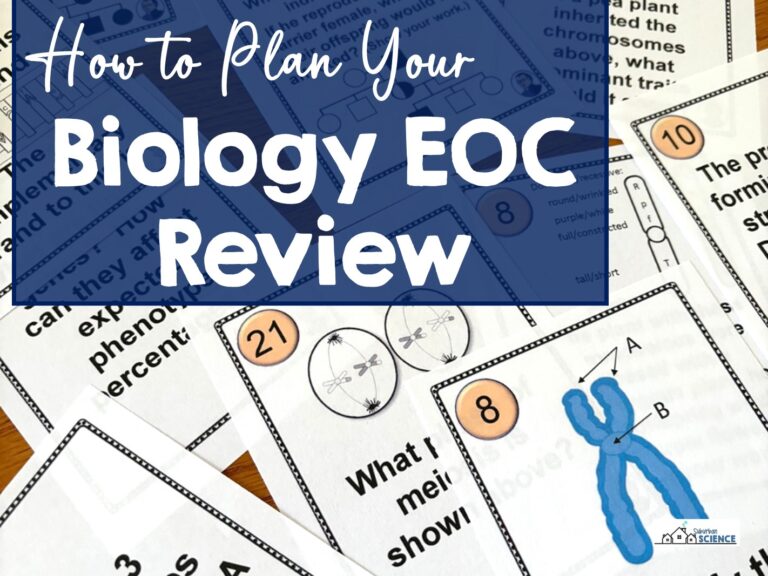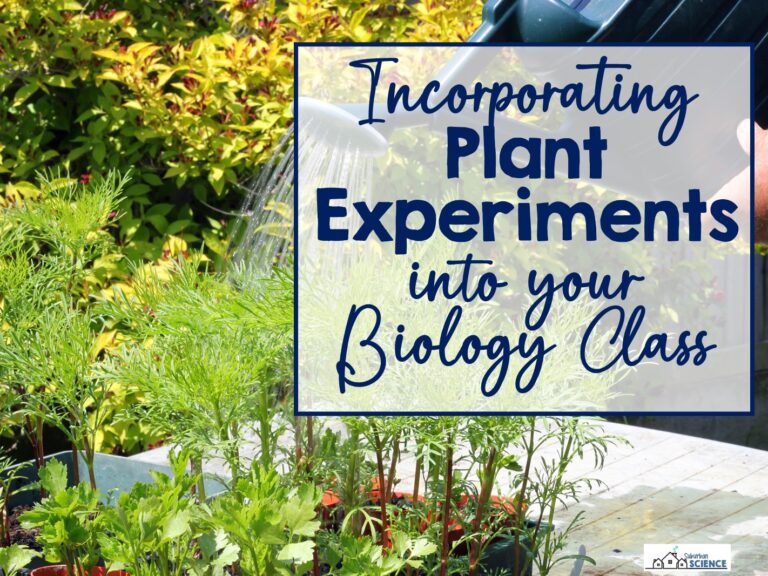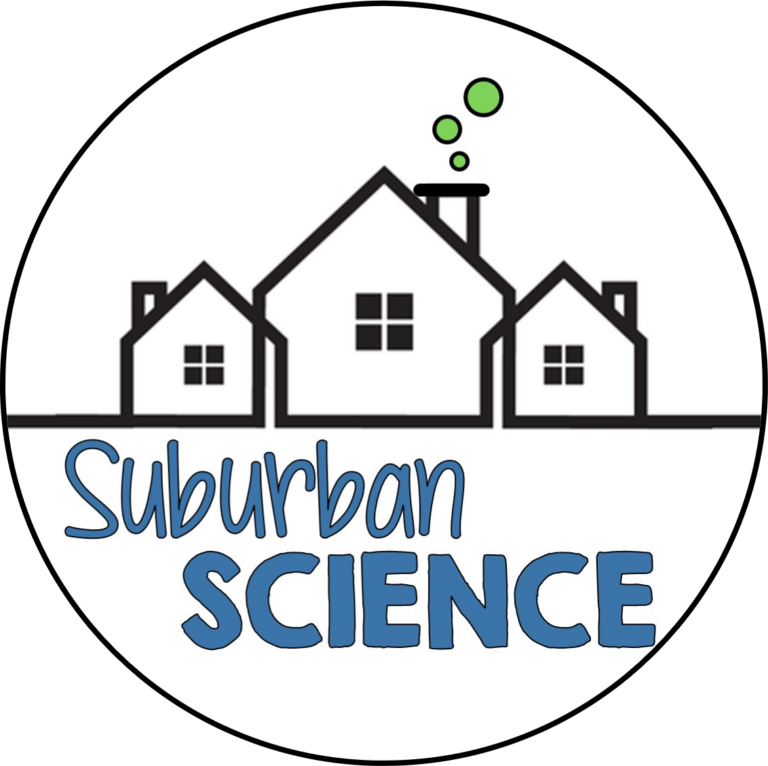I’ve seen and used several different note-taking methods with my high school science students over the years, but Cornell-style notes have quickly become one of my favorite strategies. I’ve found that science Cornell notes are an easy and effective way for students to record important information from PowerPoints and even college lectures. In fact, the Cornell Method was devised by a professor in the 1950s as a study technique for college students.
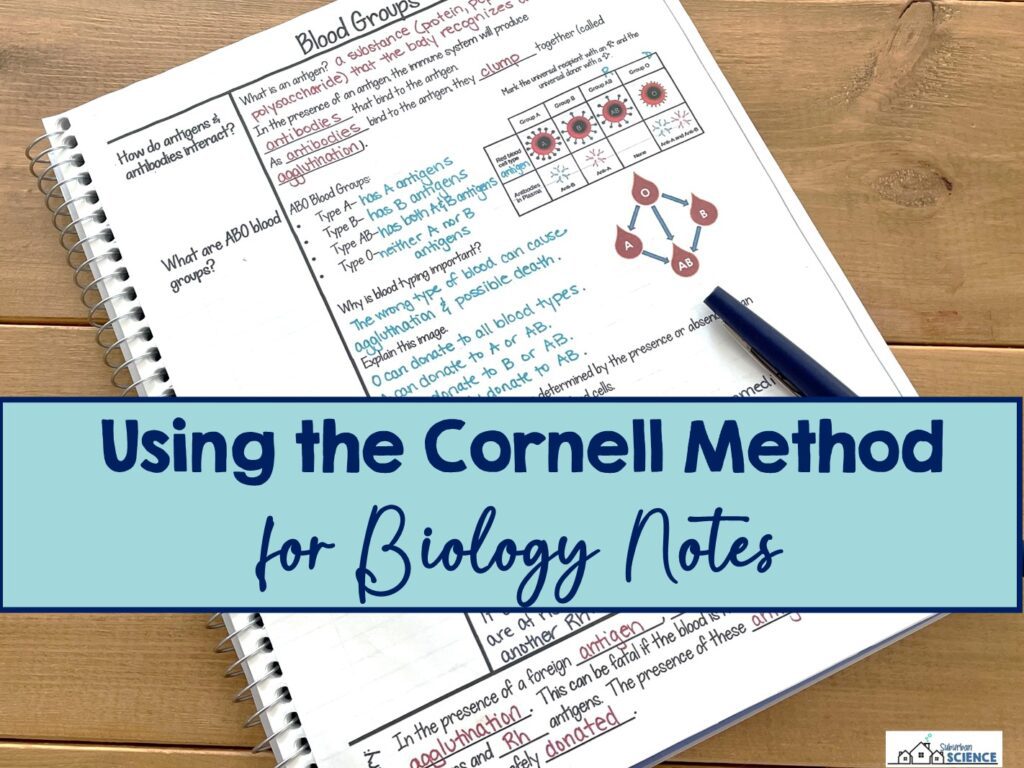
How do you use science Cornell notes?
The easiest way to take notes using the Cornell method is to use a simple piece of lined notebook paper. The notebook paper is divided into three sections: Cues or Questions, Details, and Summary. In the first column, students can write essential questions from the lecture or vocabulary words to define. In the details column, elaborating notes are written that pertain to the cues/questions. The final section, summary, provides a generalized explanation of the content on the page. Students can also add a title at the top to describe the content of the page. Images, doodles, and graphs are also helpful additions that can be included in the details column.
Why are Cornell notes effective?
Cornell notes are efficient and can be used for lectures, online courses, and textbook comprehension. Detailed notes in the second column don’t need to be full sentences. The Cornell Method actually discourages the use of long sentences, opting instead for 5-10 word phrases. The summary section is particularly useful in consolidating concepts and identifying gaps in knowledge. The simplicity and effectiveness of the Cornell note-taking process are why I opted to encourage my high school science students to use this method.
Don’t miss the Cornell notes examples and template at the bottom of this page or grab some ready-to-use science Cornell notes!
5 Tips for Using Cornell Notes in Your Science Class:
1. Differentiate for various ability levels
Younger students and those that struggle with language skills will likely have a difficult time creating order from a blank piece of paper, even with the Cornell method. When I taught this skill to my 9th-grade Biology students, I provided guided Cornell notes with fillable blanks so students simply had to record the missing word(s). As the year progressed, I began weaning most of the students off these guided notes and instead giving them blank notes with only the essential questions and summary listed. The foundation of note-taking had already been laid, allowing them to better interpret what information needed to be written in the second column. I did have a few students that needed the fill-in-the-blank version for the whole year and that’s ok! I love that I can cover the same content easily in different ways- because don’t we all need to save a little time and energy?!
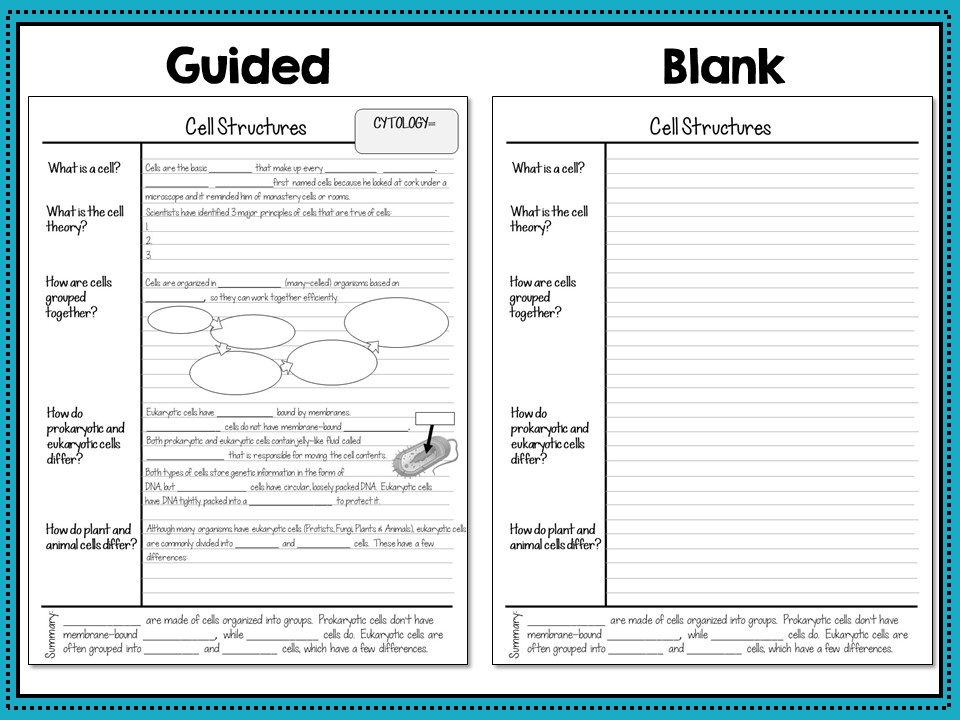
2. Use summaries as quick formative assessments
Since the summary section is a space to synthesize all the content from the page, it is a perfect opportunity to find out if students understand the content. They can be used as exit tickets, homework, or bell-ringers to remind students of the material from the previous day. By walking around the room and informally checking summaries, you should have a good idea of student misconceptions and understanding. It also makes the note-taking experience an active thinking process rather than passive learning. The blanks provided in my guided version led students to summarize the content more easily, and we’d often discuss these summaries as a class. I’d recommend letting experienced note-takers come up with the summary on their own, though.
3. Be creative
Although the Cornell Method may seem rigid, there are actually a lot of ways for students to individualize the pages for their own needs. Using color helps students remember content more quickly and allows them to clearly see important information like vocabulary words. Doodles and visual cues are also helpful in memorization. When discussing chemical reactions, anatomical structures, or processes, students can easily add these to the right side of the page.
If you’re using the blank paper method, students will need to draw images, but if you’ve printed the notes in a guided form, you can add pertinent images. In my pre-made Cornell notes, I have added images already so my students simply need to color them or use arrows to label important features. I also like to mix up Cornell notes pages with interactive notes, doodle notes, or diagrams to break up their notes. Your students will certainly get bored and overwhelmed if this is all they see every day. Mix it up!
4. Use the question and summary sections for quick studying
When reviewing for a quiz or test, the left column and the bottom summary section are a student’s greatest tools. By covering up the detail section with a piece of paper or a hand, students can try to answer the essential questions to practice their understanding of the content. This technique should give them a good idea of where they are weak, allowing them to reread the study materials or textbook more closely on these topics. The summaries can be quickly scanned for an overview and reminder of big ideas just before test time.
5. Use them to flip your classroom

As students gain experience with the Cornell method of note-taking, it can be an efficient tool for flipping your classroom. In a flipped classroom, students watch lectures or presentations at home while taking notes. This allows the in-class time to be used for engaging labs, activities, and one-on-one help rather than direct instruction. The fill-in-the-blank Cornell notes are easily used at home because students clearly understand what to write down. In fact, my PowerPoint presentations have the important items bolded so students can easily find the exact word that goes in the blank. Although this is an efficient way to convey information to your students, it doesn’t require much thinking on their part. If you are planning to use Cornell notes in a flipped classroom throughout the year, I’d recommend using just the essential questions and having students fill in all the details. This will give you a clear picture of which students are spending the necessary time to understand the material and which ones are simply skating by.
Free Science Cornell Notes Resources and Templates
If you’d like to try Cornell notes in your classroom this year, here are some free resources to get you started:



